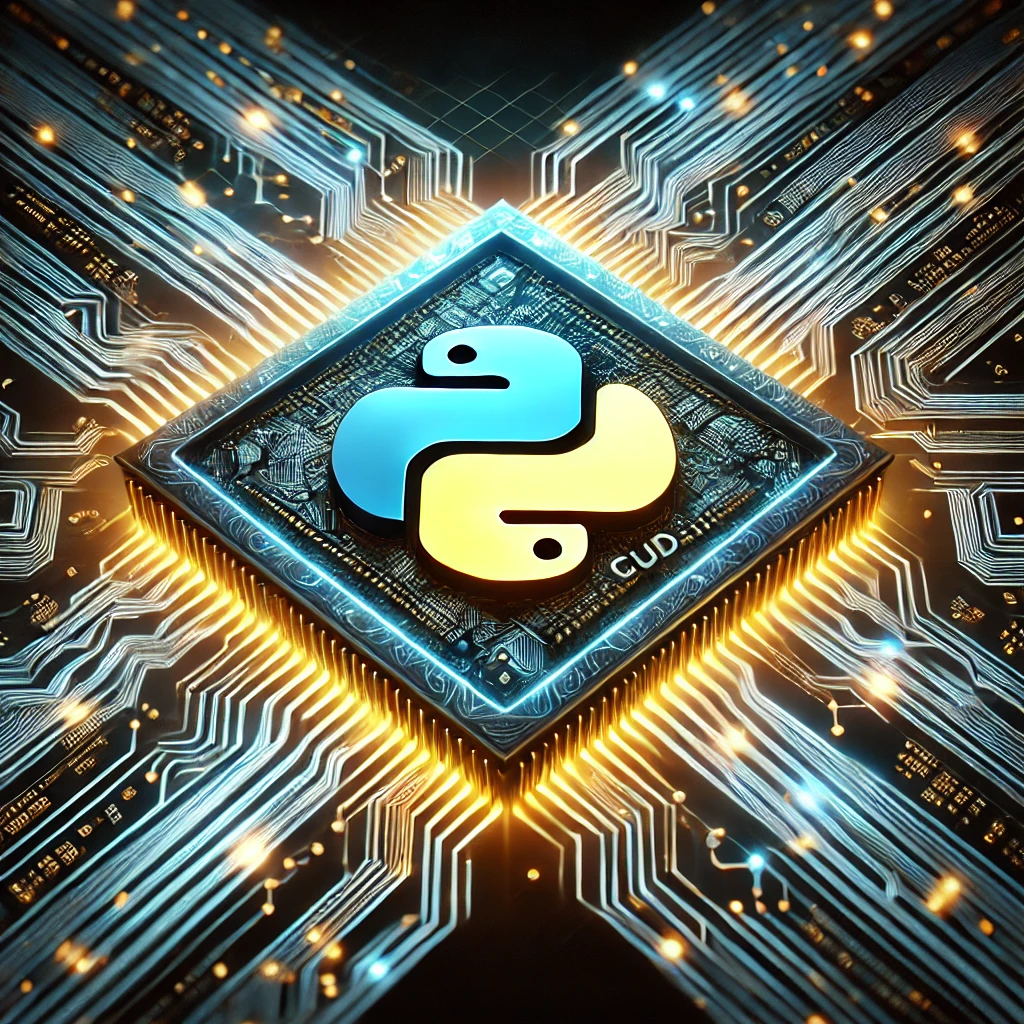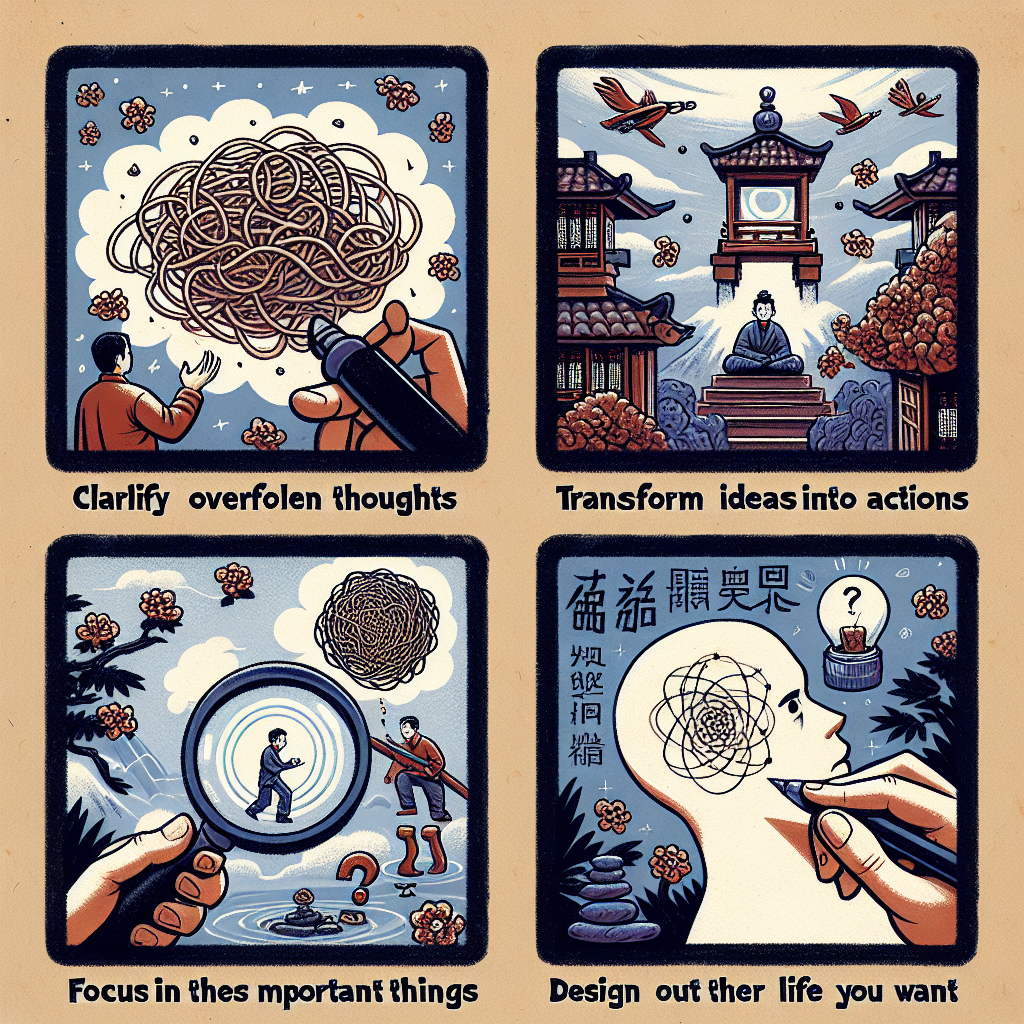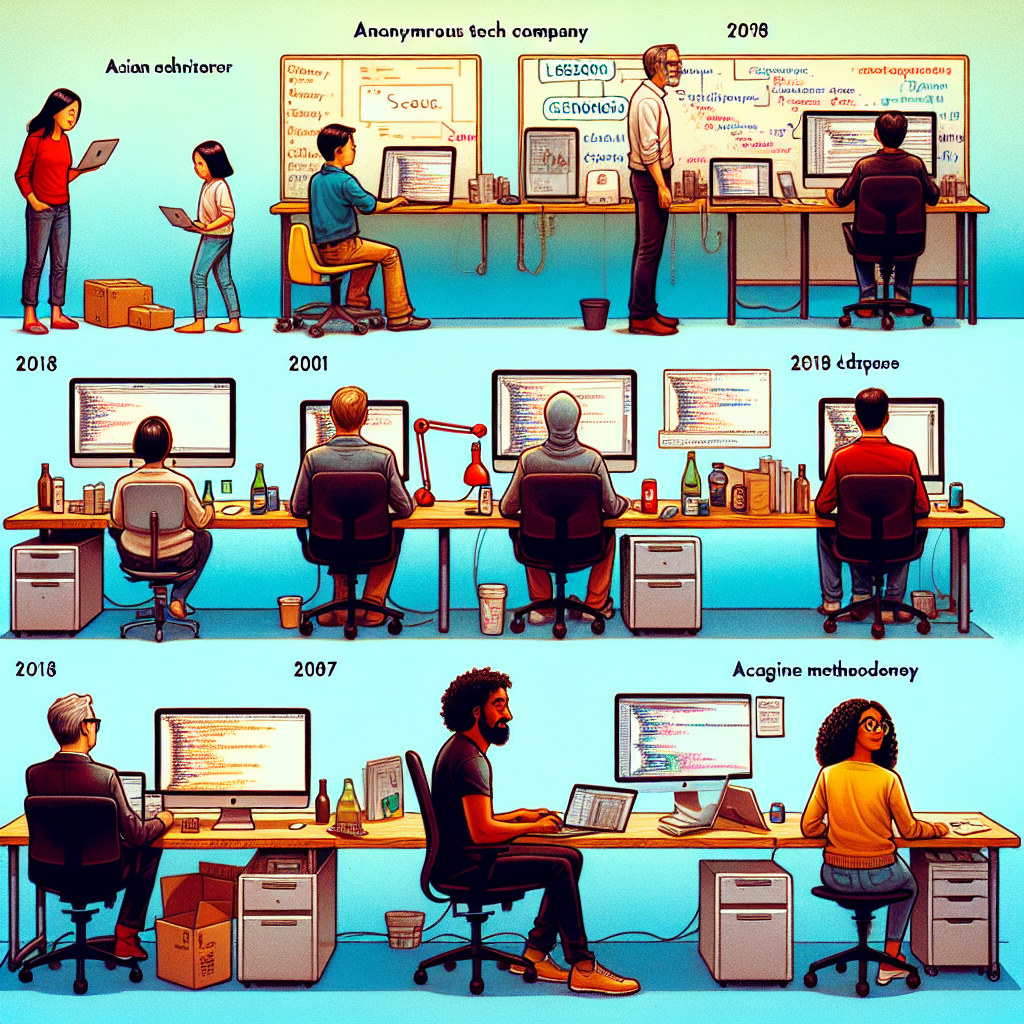
In the world of research and discovery, there’s an often-overlooked truth: being wrong is one of the best things that can happen to you. It’s not just a sign of humility or a badge of courage—it’s a gateway to learning and progress. This might sound counterintuitive, but as I reflect on my experiences and those of others, it’s clear that embracing errors with an open mind can lead to breakthroughs that far outweigh the sting of being incorrect.
I’ll never forget a conversation I had with Danny, a senior researcher whose insights I deeply admire. One day, Danny came across data that completely contradicted one of his long-held assumptions. Instead of frustration or defensiveness, his reaction was one of pure joy. His eyes lit up, and a wide grin spread across his face as he exclaimed, “This is fantastic—my idea was wrong!”
Later, over lunch, I asked him about his reaction. For me, it was a revelation. How could anyone be so thrilled to discover their mistake? Danny explained with calm confidence, “Every time I find out I’m wrong, I know I’ve learned something important. It means I’ve gotten a little closer to the truth, and my understanding has improved.”
At 85 years old, Danny said, he still relishes the chance to uncover errors in his thinking. “If no one ever pointed out my mistakes, I wouldn’t grow,” he added. “Being wrong means I’ve reduced my blind spots, even if just by a little.”
Danny’s attitude resonated deeply with me because it mirrored my own journey. When I was a university student, I was initially drawn to social sciences because of their ability to challenge my expectations. I loved reading studies that conflicted with my assumptions, eagerly rethinking my beliefs and sharing these revelations with my roommates.
During my first independent research project, I tested several hypotheses I had painstakingly developed. To my surprise—and slight embarrassment—most of them turned out to be completely wrong. But instead of feeling defeated, I was thrilled. Those “mistakes” meant I had learned something new. It was as if the process itself rewarded me with a sense of progress and discovery.
Why does being wrong sometimes feel so liberating? It’s because error is an unmistakable sign that we’re learning. Growth doesn’t come from being right all the time—it comes from curiosity, from challenging our own ideas, and from seeking out perspectives that don’t align with ours.
For example, when we study individuals who excel at making predictions, like expert forecasters, one key takeaway is their willingness to revise their views in the face of new evidence. Whether it’s refining statistical models or rethinking political predictions, the best forecasters don’t cling to their initial assumptions. Instead, they see error as an opportunity to improve.
Even if forecasting or statistical analysis isn’t your passion, observing how experts like these adapt their thinking can teach us a lot about intellectual humility and continuous improvement.
This mindset isn’t just for researchers and forecasters. Whether you’re working on a complex project, making decisions in your career, or simply navigating daily life, embracing the possibility of being wrong opens the door to growth.
Next time you encounter a mistake or a challenge to your assumptions, pause for a moment. Instead of feeling defensive, try to channel a bit of Danny’s enthusiasm. Ask yourself: What can I learn from this? How can this reshape my understanding?
In doing so, you’ll not only improve your knowledge but also cultivate a resilience and curiosity that will serve you well in every aspect of life.
Learning to see being wrong as a gift takes practice, but it’s a perspective that can transform how you approach challenges. After all, the joy of discovery isn’t just in being right—it’s in the journey toward deeper understanding. As Danny reminded me, the only way to be sure you’re learning is to celebrate the moments when your assumptions are proven wrong.
What’s the last mistake you learned from? Let’s embrace our errors and share the wisdom they bring.







